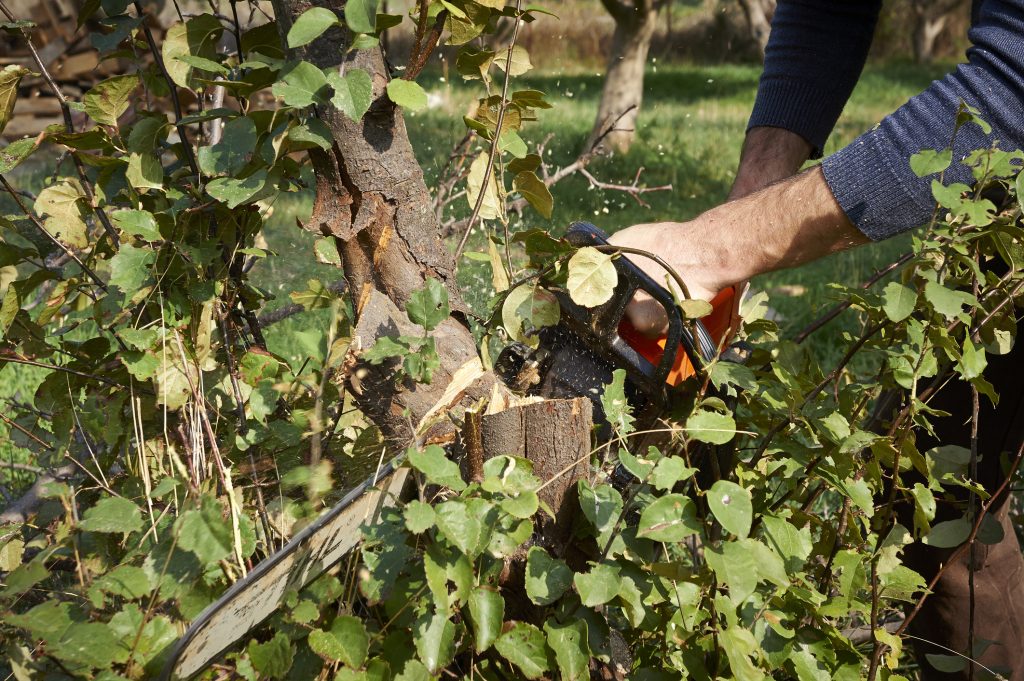Responsible tree pruning practices are crucial for preserving community aesthetics, ensuring safety, and maintaining environmental health. This comprehensive guide outlines essential guidelines that communities should adhere to when planning and executing tree-pruning activities. By following these guidelines, residents and local authorities can effectively manage urban forests, promote sustainable development, and mitigate potential risks associated with tree-cutting.
1. Understanding Local Regulations and Permits:
Before undertaking any tree pruning activities, it is essential to understand local regulations and obtain necessary permits. Municipalities often have specific guidelines regarding the types of trees that can be cut, permissible cutting methods, and environmental considerations. Obtaining permits ensures compliance with legal requirements and minimizes the risk of fines or legal repercussions.
2. Assessing Tree Health and Condition:
Evaluate the health and condition of trees before deciding to cut them. Trees that are diseased, structurally compromised, or pose safety hazards should be prioritized for removal. Professional arborists can conduct tree assessments to identify potential risks and recommend appropriate cutting measures.
3. Prioritizing Safety Measures:
Safety should be a paramount concern during tree pruning activities. Implementing safety measures such as using appropriate personal protective equipment (PPE), securing work areas, and employing trained professionals reduces the risk of accidents and injuries. Community members should also be informed about safety protocols to ensure a safe environment for all.
4. Minimizing Environmental Impact:
Tree felling can impact local ecosystems and biodiversity. To minimize environmental impact, use eco-friendly cutting techniques, such as selective cutting and mulching of tree debris. Planting native species to replace removed trees promotes ecological balance and enhances urban green spaces.
5. Engaging with Stakeholders:
Engage with community stakeholders, including residents, local organizations, and environmental groups, when planning tree-trimming activities. Seek input and address concerns to foster transparency and community support for responsible tree management practices.
6. Promoting Tree Conservation and Urban Forestry:
Emphasize the importance of tree conservation and urban forestry initiatives within the community. Encourage tree planting programs, maintenance of existing green spaces, and integration of trees into urban planning strategies. Educate residents about the benefits of trees for air quality, shade provision, and aesthetic value.
In conclusion, adhering to community guidelines for responsible tree-cutting practices is essential for maintaining environmental sustainability and community well-being. By understanding local regulations, assessing tree health, prioritizing safety measures, minimizing environmental impact, engaging stakeholders, and promoting tree conservation, communities can effectively manage tree-trimming activities. Professional tree-shaping services play a vital role in ensuring that these guidelines are followed while achieving desired community outcomes. Together, communities can preserve urban forests, enhance green spaces, and create safer and more sustainable environments for current and future generations.
Are you looking for a dependable tree-cutting service company? Look no further than our experts at Cascade Tree Services. Call 425-530-9697 to learn more about our community guidelines and ensure sustainable tree management in your area today!





